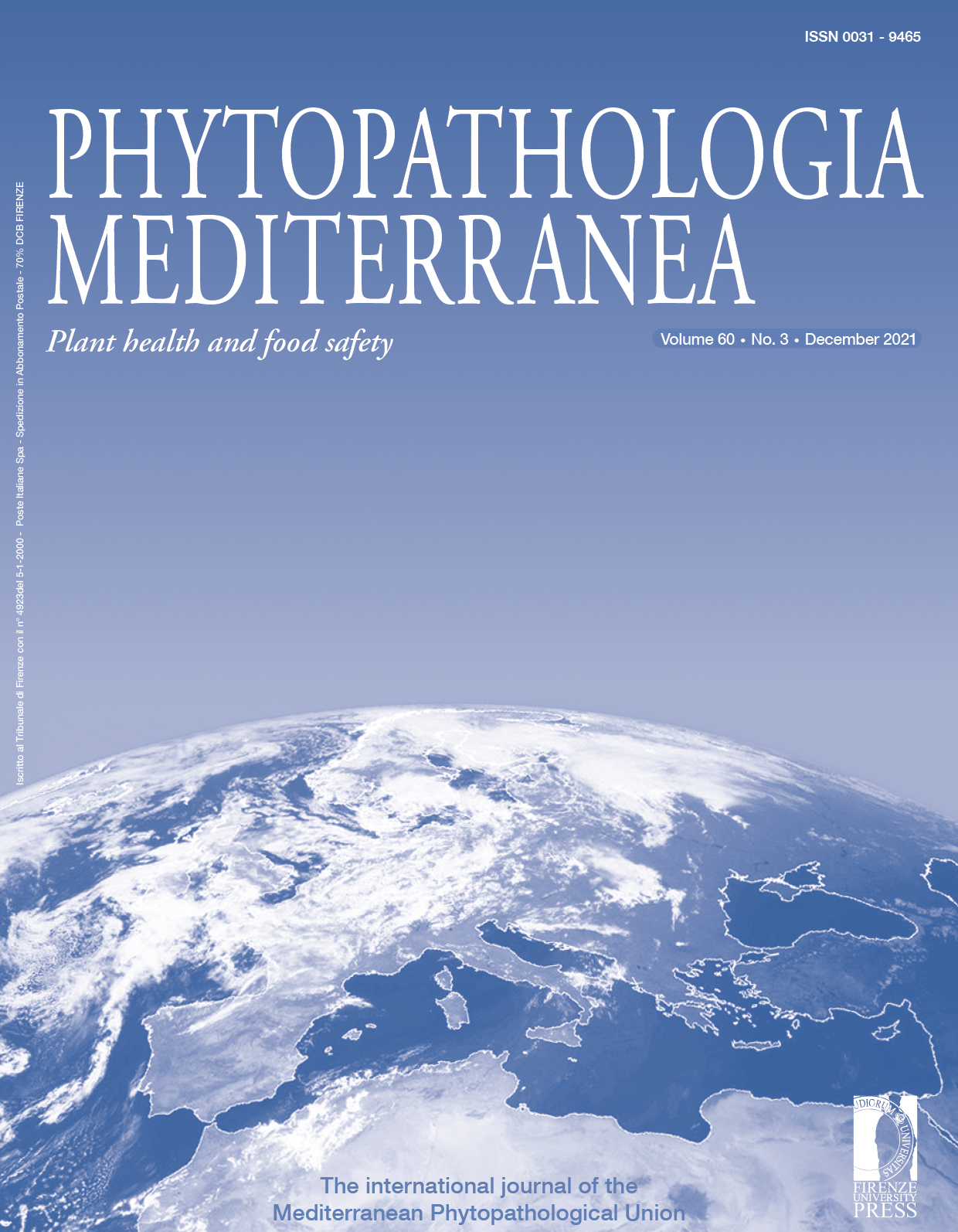Structure analysis of the ribosomal intergenic spacer region of Phaeoacremonium italicum as a study model
Published 2021-12-30
Keywords
- IGS,
- intraspecific variation,
- interspecific variation,
- Phaeoacremonium species
How to Cite
Abstract
Increasing recognition of novel Phaeoacremonium species, and their recent taxonomic reassignment through phylogeny based on the β-tubulin and actin genes, have highlighted the presence of paraphyly, intraspecific variation, and incongruence of some Phaeoacremonium species. This study investigated the intergenic spacer rDNA regions of a representative collection of 31 Phaeoacremonium italicum strains, and compared their structures with those of the closest related species, Phaeoacremonium alvesii and Phaeoacremonium rubrigenum. These intergenic spacer sequences had five categories of repeat elements that were organised into distinct patterns. Morphological analyses of the P. italicum strains provided a more detailed description of P. italicum. The phylogenetic tree constructed using the intergenic spacer sequences compared with that obtained by combined analysis of β-tubulin and actin sequences indicated that the intergenic spacer rDNA region distinguished intraspecific and interspecific variations. Further molecular studies are required to determine whether intergenic spacer sequences can improve precision in defining Phaeoacremonium phylogeny, and prevent misidentification and the introduction of vague species boundaries for the genus.







